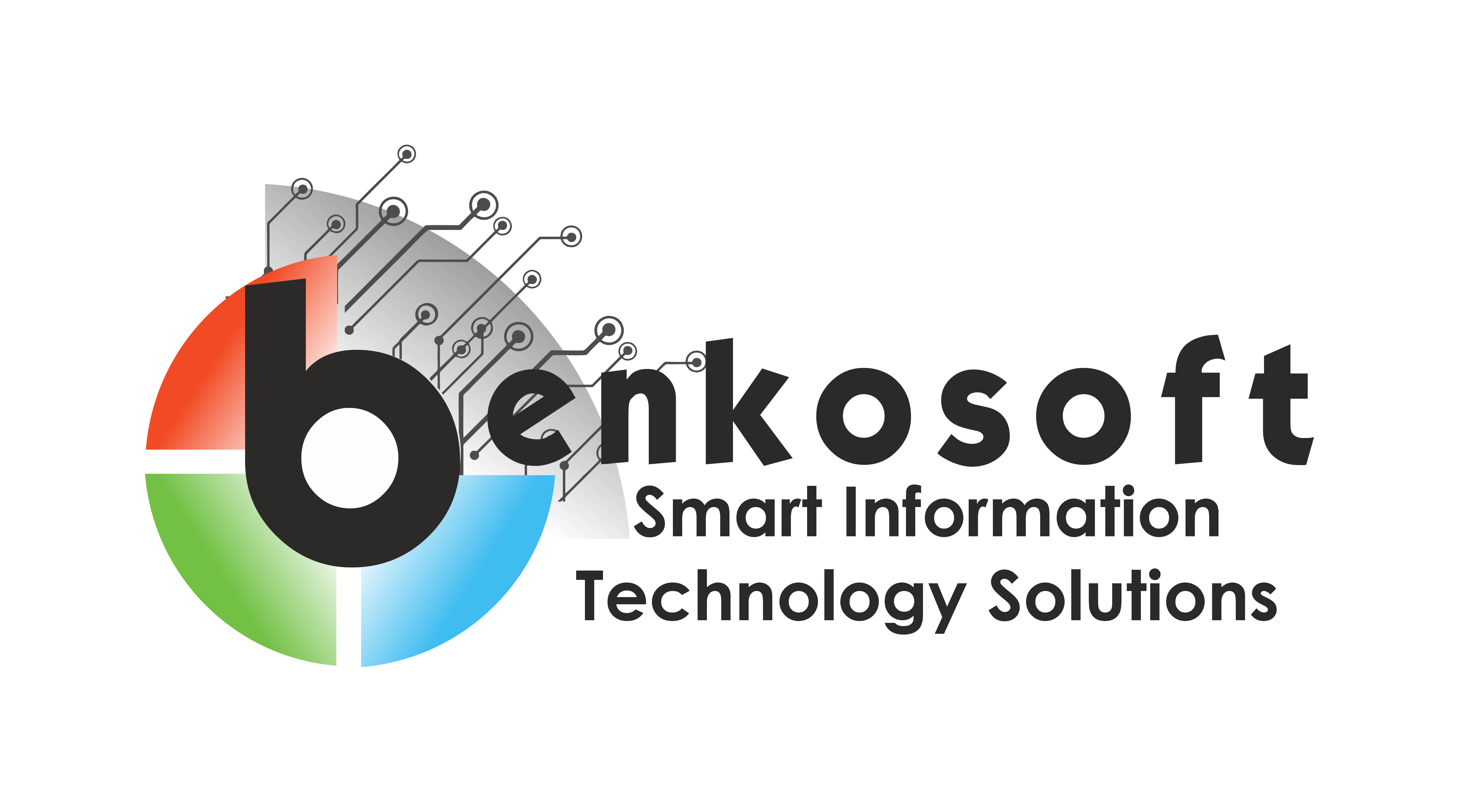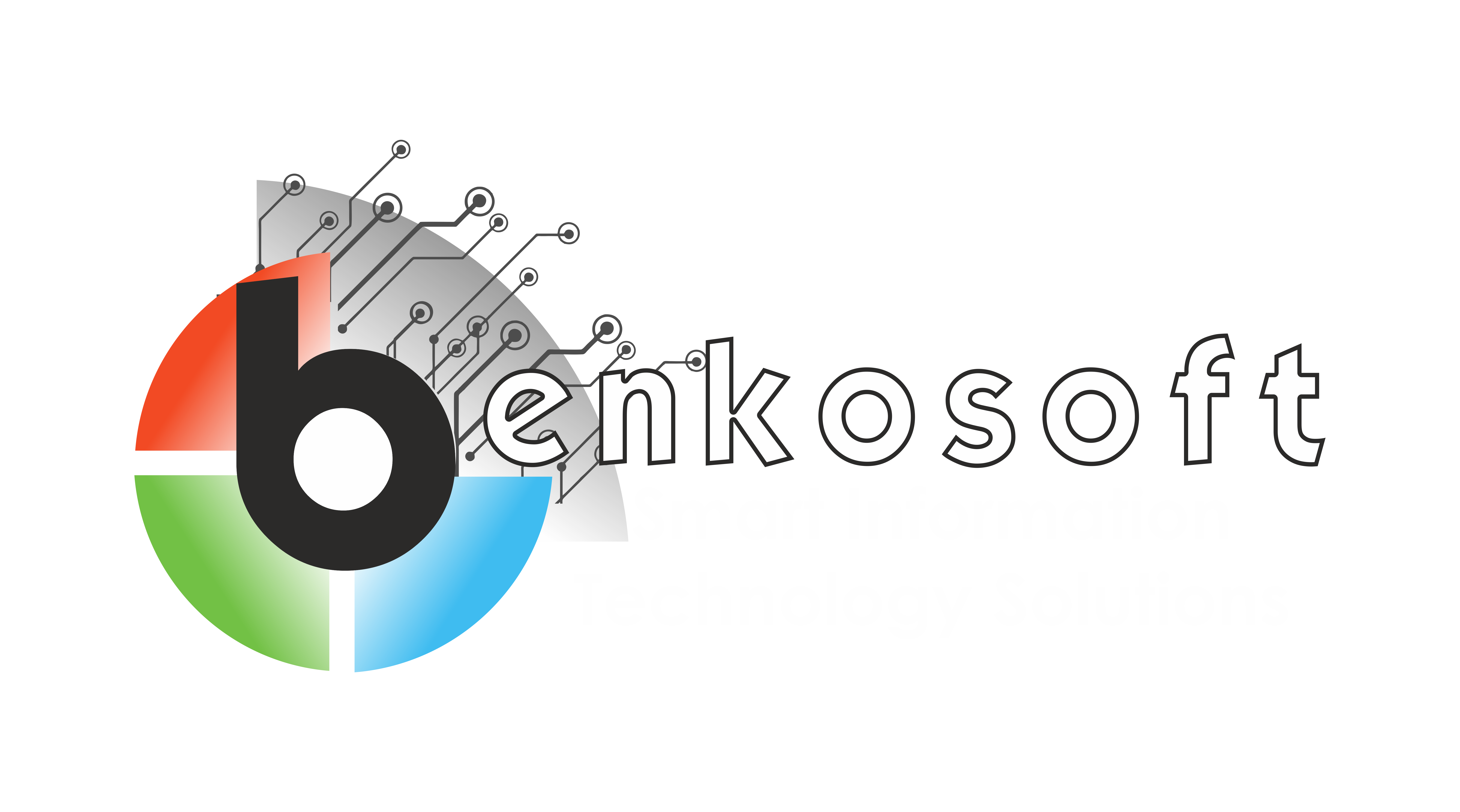Technologies
Visual Basic .NET
Visual Basic .NET (VB.NET) is a modern, object-oriented programming language developed by Microsoft. It is based on the Visual Basic programming language, but with significant improvements and enhancements. VB.NET was introduced as part of the .NET framework in 2002 and has since become one of the primary languages used for building Windows applications, web applications, and web services.
One of the key features of VB.NET is its simplicity and ease of use. The language uses a syntax that is similar to earlier versions of Visual Basic, making it easy for developers familiar with VB6 or VBA to transition to VB.NET. However, VB.NET also includes many new features and improvements that make it more powerful and versatile.
One of the most significant changes in VB.NET is its support for object-oriented programming (OOP) concepts such as classes, objects, inheritance, and polymorphism. This allows developers to write code that is more modular, reusable, and easier to maintain. VB.NET also includes support for features such as interfaces, which allow developers to define contracts that classes must implement, and properties, which allow developers to encapsulate data and behavior within a class.
Another important feature of VB.NET is its integration with the .NET framework. The .NET framework is a comprehensive platform for building and running applications on Windows. It provides a rich set of libraries and APIs for tasks such as file I/O, networking, and database access, as well as support for technologies such as Windows Forms, WPF, ASP.NET, and Entity Framework. VB.NET applications can also take advantage of the Common Language Runtime (CLR), which provides features such as garbage collection, exception handling, and security.
VB.NET also includes features such as asynchronous programming, which allows developers to write code that can perform multiple tasks concurrently, improving the responsiveness of applications. VB.NET applications can also be easily deployed using ClickOnce, which simplifies the process of deploying and updating applications on client machines.
In conclusion, VB.NET is a powerful and versatile programming language that is well-suited for building a wide range of applications. Its simplicity, ease of use, and integration with the .NET framework make it a popular choice for developers looking to build modern, scalable applications for Windows. Whether you’re building a desktop application, a web application, or a web service, VB.NET provides the tools and capabilities you need to bring your ideas to life.

